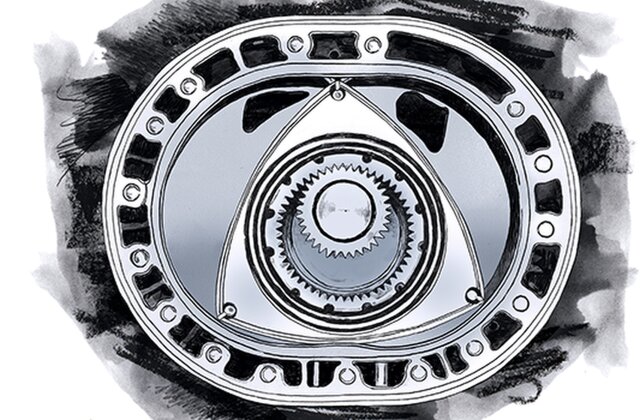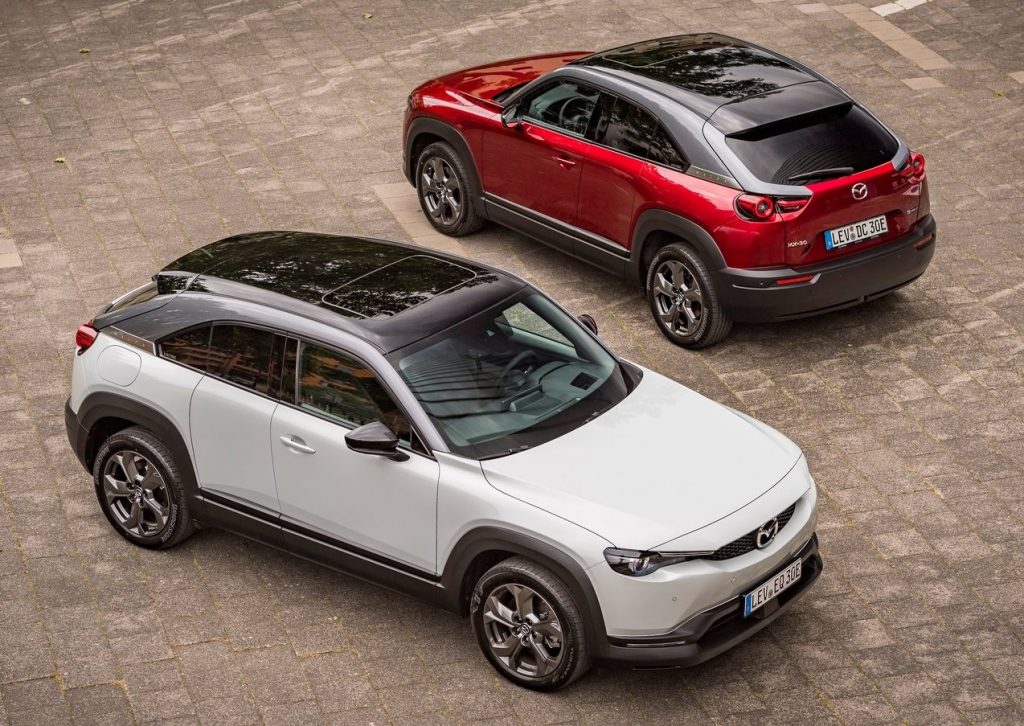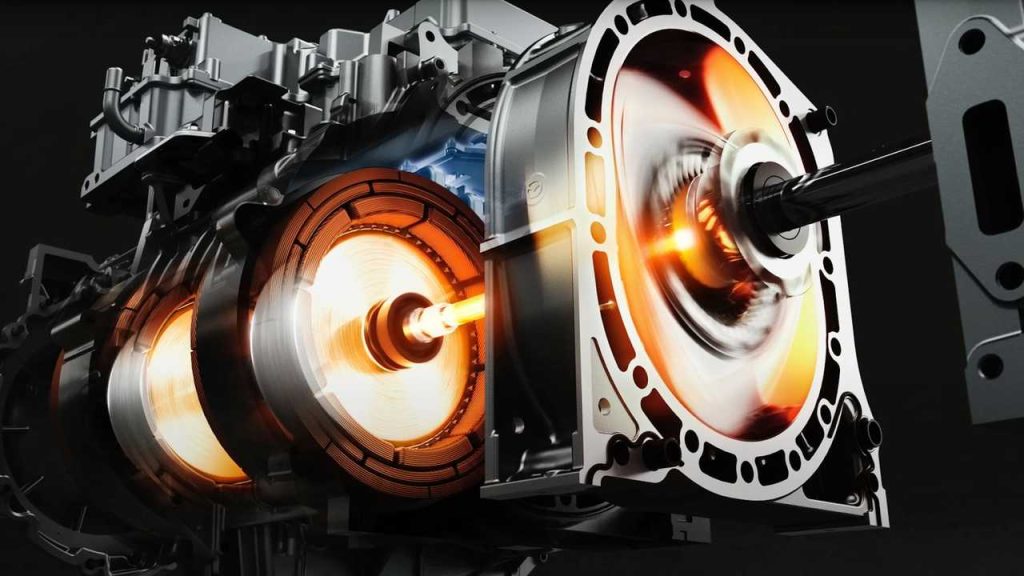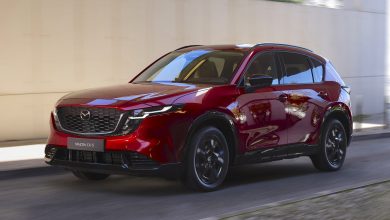Mazda Celebrates The Production Of Its 2 Millionth Rotary Engine

2 million of these quirky triangular rotary engines have been produced by Mazda since 1967.
Three braaaaaaps to Mazda as the Japanese automaker has recently announced that it has just made its 2 millionth rotary engine!

Now for those who with any modicum of knowledge regarding the rotary engine, the fact that little Mazda has pressed the rotary engine into production is perhaps already to be considered a massive achievement in itself. But for the Japanese automaker to be sticking with the spinning Dorito for so long (and so many, many apex seals later) is realistically complete madness, though honestly all the better for it.
This is after all the engine that, while sounding amazing on paper for its lightweight and high specific horsepower, is nothing short of being financially ruinous to develop and produce reliably. Something to which NSU in particular can attest to, when its Dorito in the Ro80 literally brought the German automaker to the irrecoverable financial brink back in the late 60s.

What more is that while this momentous production milestone is more than deserving of massive celebration in its own right already, it is actually made all the more impressive when considering the variety of car to which Mazda has stuffed this Dorito engine into. Sure the rotary is perhaps most synonymous with the RX-series of sports cars, but back in the day the Japanese automaker has experimented in stuffing a Wankel into everything from luxury sedans to even a tiny pickup.

It is also totally worth remembering too that Mazda has done some pretty incredible feats with spinning onigiri out on track. Chief among which is the none too small achievement of being the first Japanese automaker (and the only rotary-powered car) to win at Le Mans, with the awesome quad-rotor 787B in 1991.

In quite a weird twist of fate however, this Dorito has since been relegated to becoming just a range-extender for Mazda’s MX-30 EV. Though that is in actual fact technically the best place for it, as the compact dimensions and high-revving qualities inherent with the rotary makes it ideal in its duties as a combustion-fuelled in-vehicle electricity generator.

And if Mazda’s recently revealed ICONIC SP sports car concept is any indication, the spinning Dorito may soon make its way back into a sports car. The Japanese automaker even touts for this novel twin-rotor range-extender concept to be capable of running on hydrogen and carbon-neutral fuels, which will supposedly make it possible to drive in a virtually carbon-neutral state.
![]()
Takeshi Mukai, Director and Senior Managing Executive Officer at Mazda, made the following statement in response to reaching two million total production units: “The rotary engine is a special part of Mazda history and represents our ‘never-stop challenging spirit.’ This engine is much loved by customers around the world, and we are excited to resume production and see it make a comeback.”
“I would like to take this opportunity to sincerely thank everyone who has supported us on this journey—in particular, the many customers who have purchased rotary engine vehicles, our rotary engine fans, and all our business partners who were involved in development and production. Moving forward, we will continue to pass on this ‘never-stop challenging spirit,’ offering attractive vehicles that provide our customers with an exciting driving experience even in the age of electrification,” he added.

Mazda Rotary Engine Timeline
| July 1961 | Technical tie-up with NSU and Wankel |
| May 1967 | Completion of the rotary engine announced and Mazda Cosmo Sport
(Mazda 110S) launches |
| July 1968 | Mazda Familia Rotary coupe (Mazda R100 coupe) launches |
| October 1969 | Mazda Luce Rotary coupe (Mazda R130 coupe) launches |
| May 1970 | Mazda Capella Rotary series (Mazda RX-2) launches |
| September 1971 | Mazda Savanna (Mazda RX-3) launches |
| November 1972 | 2nd Generation Mazda Luce Rotary series (Mazda RX-4) launches |
| June 1973 | Total rotary engine vehicle production volume reaches 500,000 |
| February 1974 | 2nd Generation Mazda Capella (Mazda RX-2) launches |
| April 1974 | Mazda Rotary Pickup (REPU) launches in North America |
| July 1974 | Mazda Parkway Rotary 26 launches |
| April 1975 | Mazda Roadpacer AP launches |
| October 1975 | 2nd Generation Mazda Cosmo AP (Mazda RX-5) launches |
| October 1977 | 3rd Generation Mazda Luce (Mazda 929L) launches |
| March 1978 | 1st Generation Mazda Savanna RX-7 (Mazda RX-7) launches |
| November 1978 | Total rotary engine vehicle production volume reaches 1 million |
| November 1981 | 3rd Generation Mazda Cosmo and 4th Generation Luce Rotary series
(Mazda 929) launch |
| October 1985 | 2nd Generation Mazda Savanna RX-7 (Mazda RX-7) launches |
| April 1986 | Total rotary engine vehicle production volume reaches 1.5 million |
| September 1986 | 5th Generation Mazda Luce (Mazda 929) launches |
| April 1990 | 4th Generation Mazda Cosmo (Eunos Cosmo) launches, equipped with a three-rotor rotary engine |
| June 1991 | Mazda 787B wins the 59th 24 Hours of Le Mans |
| December 1991 | 3rd Generation Mazda RX-7 (ɛ̃fini RX-7) launches |
| April 2002 | The last Mazda RX-7 limited edition model, Spirit R Series, launches |
| April 2003 | Mazda RX-8 launches |
| November 2011 | The last Mazda RX-8 special edition vehicle, Spirit R, launches |
| June 2012 | Production of the Mazda RX-8 ends |
| June 2023 | Production of the Mazda MX-30 e-SKYACTIV R-EV starts |
| October 2023 | Total rotary engine vehicle production volume reaches 2 million |




